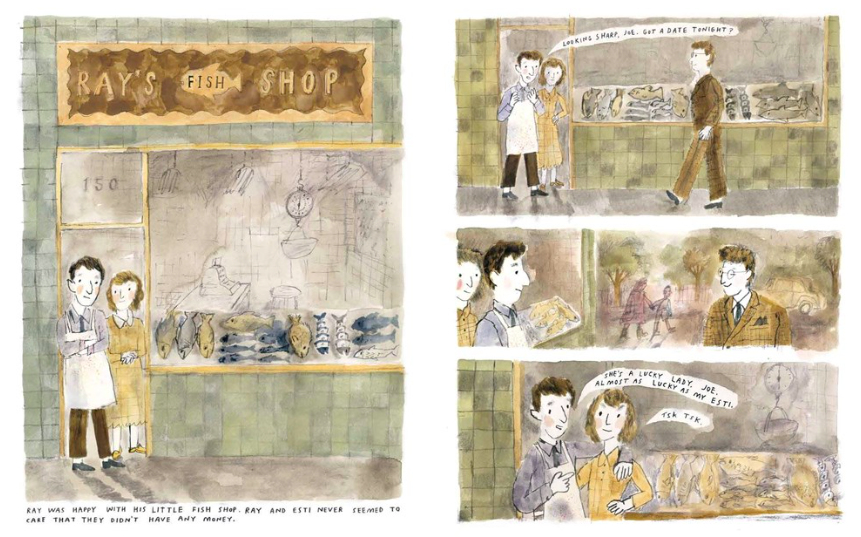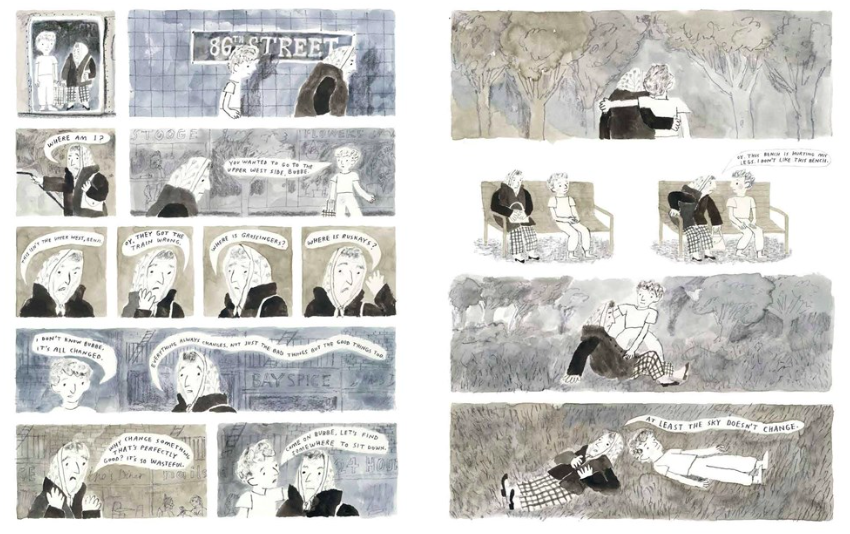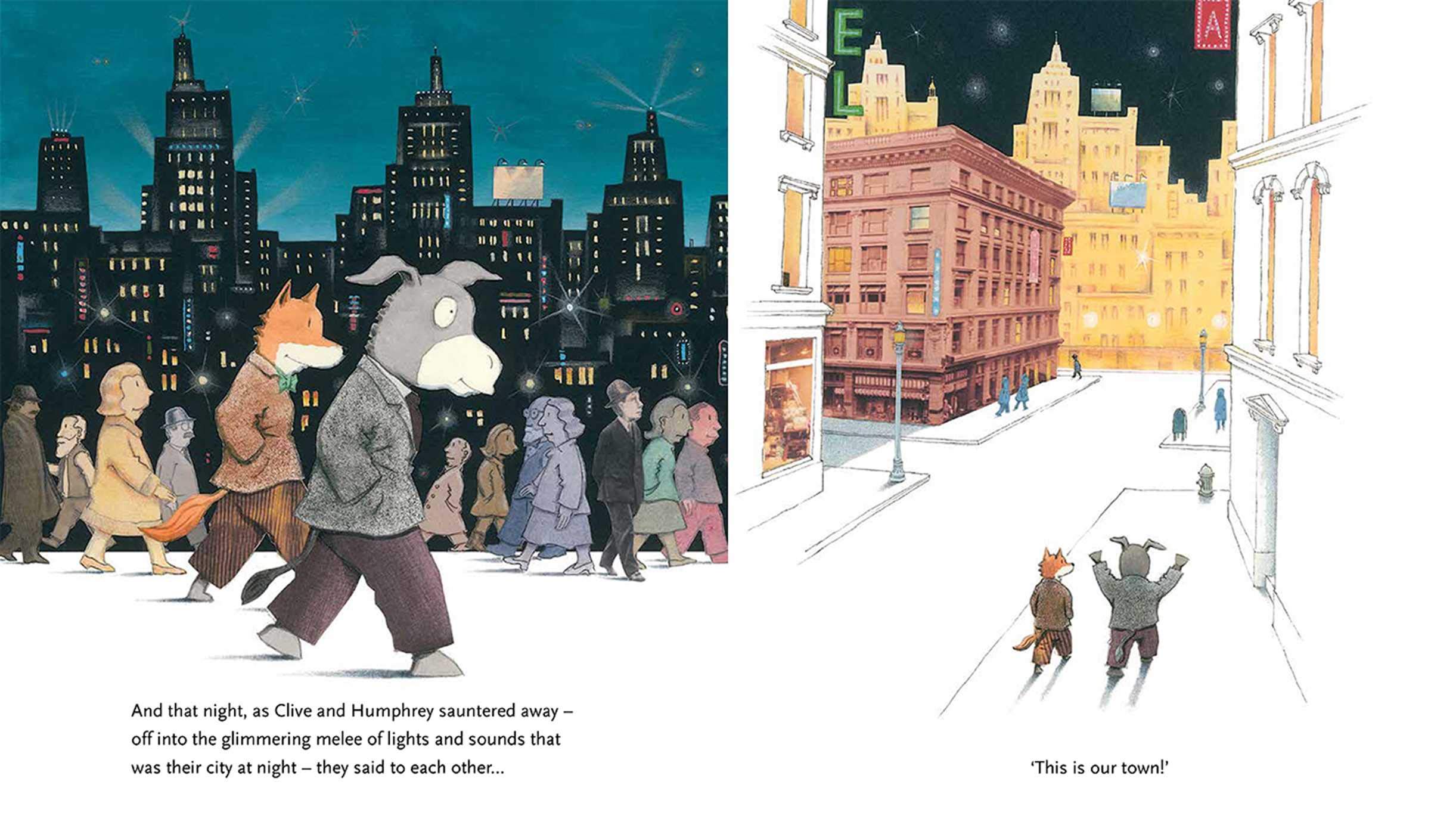About the Holiday
If you love picture books, you know the thrill of holding a new or a new-to-you book in your hands and opening up to that very first page. The children’s sections of bookstores and libraries draw you in with humor, fairy tales, poetry, biographies, science, and so much more—a whole universe of creativity, thought, knowledge, and imagination—that enlightens and entertains. This month take time to indulge your passion for picture books!
I’d like to thank Page Street Kids for sending me a copy of Sleepy Happy Capy Cuddles for review consideration. All opinions on the book are my own.
Sleepy Happy Capy Cuddles
Written by Mike Allegra | Illustrated by Jaimie Whitbread
The air in the rainforest rang with “squeaks, squawks, grunts, growls, hisses, harrumphs, and frenetic feather-and-fur-flying fury. It was quite the rumpus.” But all of these sounds didn’t make the animals happy, in fact, they were miserable and, even worse, all the noise “made them feel very alone—even though they weren’t alone.” But then one day, a visitor emerged from the river with sounds of her own—sounds the other animals had never heard before, like a “fwippa fwip of flickering ears” and a “shookita shimmy of a shaking booty bottom.”

Image copyright Jaimie Whitbread, 2022, text copyright Mike Allegra, 2022. Courtesy of Page Street Books.
Suddenly, the rainforest was silent as the animals stared at this unusual interloper as she yawned and stretched. A river turtle was the first to approach and ask what, exactly, she was. The answer came quickly (a capybara)—and with an invitation to “join my Sleepy Happy Copy Cuddle.” The turtle rebuffed this invite, thinking it would in some way soften his shell. When the capy reassured the turtle that he would stay as tough as ever, he relented.
So they cuddled next to each other, and the river turtle had to agree that he felt better. “‘That makes me happy,’ said the capy. So she floofed. Floof!” Hearing this FLOOF, an iguana came by to see what was happening. The iguana did not want to get so close, and the capy let the iguana know this was perfectly all right. So she had another happy cuddler and enjoed another happy FLOOF. All this FLOOFing started to attract more and more animals, each wanting to cuddle in their own way. The capy agreed that all these ways of cuddling were valid and just perfect.

Image copyright Jaimie Whitbread, 2022, text copyright Mike Allegra, 2022. Courtesy of Page Street Books.
At last, all the rainforest animals were content. Then a dark shape came slowly moving into view just below the surface of the river, and in a moment a crocodile splashed onto shore with a “ROOOOOOAR!” Undaunted, the capy asked if the crocodile would like a cuddle. The crocodile was baffled, bewildered, and even a bit alarmed. But then he was touched, if a little confused. “‘No one ever wants to cuddle me,’ the crocodile sniffled.” The capy assured the crocodile that she did. Now everyone was capy cuddle happy.
But what was this? More dark shapes and burbling bubbles were swimming their way. Was it? It was! “‘More Sleepy Happy Capy Cuddlers!'” Lots of them! Now there were plenty of cuddles—and FLOOFS—to go around for everyone!
In a short note Mike Allegra tells a little more about capybaras and includes a photo of the adorable cuddlers.

Image copyright Jaimie Whitbread, 2022, text copyright Mike Allegra, 2022. Courtesy of Page Street Books.
Mike Allegra, a very funny writer well versed in the magical gymnastics of language, dazzles with sentences energized with alliteration, assonance, and delightfully gleeful onomatopoeia. Add to that his recurring “sleepy happy capy cuddles” and infectious “Floofs,” and this is one story that will have kids and adults smiling from page one and long after the story is over. (Of course, adults should be ready to close the cover just to open it again immediately for at least one “one more time!”) What’s even more ingenious, perhaps, is that along with this giddiness comes some thought-provoking truths about feeling alone among a crowd, the diversity of ways to feel comforted, comfortable, and happy, how the most prickly of personalities may need love the most, as well as an education on capybaras and their behaviors.
Jaimie Whitbread brings this transformed rainforest to life with her realistic depictions of a wide variety of animals in all their glorious color and raucous, curmudgeonly, chill, or playful personalities. Her bold imagery clearly shows the difference in the stressed-out tension that existed pre-floof and the relaxed contentedness bestowed by the capy cuddles. Animal lovers and kids eager to do more research on the rainforest will find Whitbread’s illustrations particularly fascinating while the final floof-a-rama super cuddle is sure to inspire group snuggles at home.
A masterful combination of comical and educational that’s sure to be a favorite for kids and adults alike, Sleepy Happy Capy Cuddles is a joyful read aloud and a must for any home, classroom, school, and public library collection. If you’re looking for a gift for any child, this book is a superb choice.
Ages 4 – 8
Page Street Kids, 2022 | ISBN 978-1645675594
Discover more about Mike Allegra and his books on his website.
To learn more about Jaimie Whitbread, her books, and her art, visit her website.
Picture Book Month Activity
Take a Bookworm Trek! Maze
These two friends love reading! Can you help them through the maze to meet the bookworm?
Take a Bookworm Trek! Maze Puzzle | Take a Bookworm Trek! Maze Solution
You can find Sleepy Happy Capy Cuddles at these booksellers
Amazon | Barnes & Noble | Books-a-Million
To support your local independent bookstore, order from
Picture Book Review






































